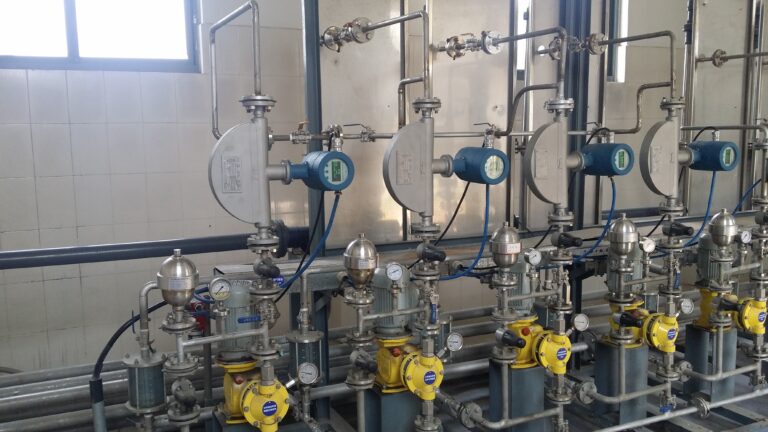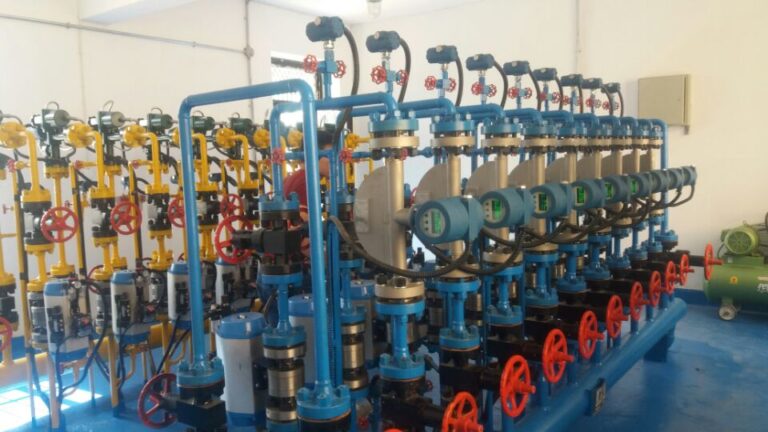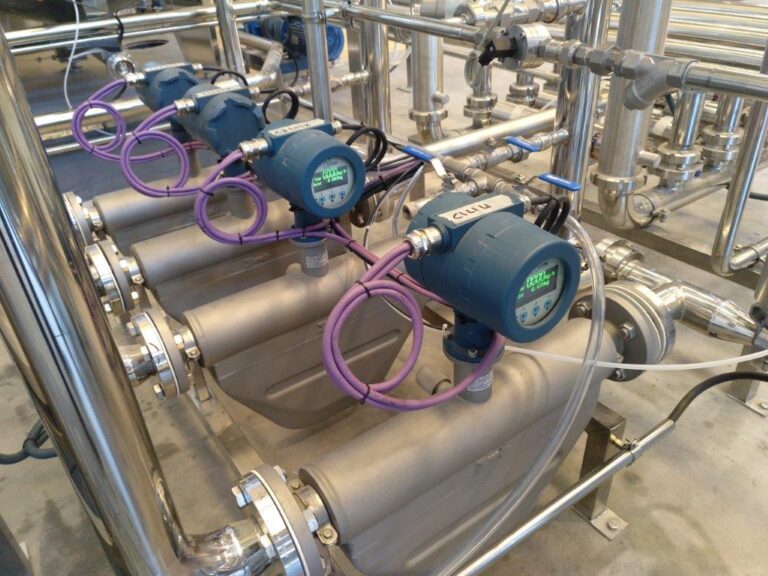In industrial settings, the installation and wiring of instruments play a critical role in ensuring smooth production operations. However, did you know that an estimated 99% of people fail to read the instruction manual before installing their instruments? The consequences of this seemingly minor oversight can be disastrous—incorrect installation, wiring errors, misplacement leading to physical damage, or, in the worst case, complete equipment failure, causing significant financial losses for factories.

Why Does This Happen?
Many people believe that installing an instrument is a straightforward process—how hard could it be? However, when it comes to actual hands-on implementation, skipping even a single recommended step can lead to errors. These mistakes, seemingly small at first glance, can have severe repercussions.
For instance, incorrect wiring can result in circuit shorting, instrument burnout, or even electrical fires. Improper installation may prevent the instrument from functioning correctly, affecting production efficiency and leading to unnecessary downtime. Furthermore, many industrial instruments have specific environmental requirements concerning temperature, humidity, and vibration levels. Ignoring these can cause performance instability, long-term damage, and, ultimately, unexpected production shutdowns.

The Hidden Dangers of Poor Installation
One of the most frustrating aspects of incorrect instrument installation is the emergence of hidden issues. Imagine constantly receiving false alarms or wildly inaccurate data readings from your newly installed instrument. Often, these inconsistencies stem from improper installation, incorrect configuration, or failure to calibrate the instrument according to the manual’s specifications. Such issues not only disrupt production but can also affect product quality, damaging a company’s reputation and financial stability.
A real-world example illustrates this point: A manufacturing facility installed several precision pressure gauges without following the correct procedures. Within weeks, frequent errors in pressure readings led to production inconsistencies. The facility had to halt operations to troubleshoot the issue, only to discover that the problem stemmed from a minor oversight—failure to account for temperature fluctuations in the installation area. This single mistake resulted in thousands of dollars in lost revenue and additional labor costs.
The Solution: Read the Manual!
It’s completely understandable that workers and engineers want to expedite the installation process and get the equipment up and running as quickly as possible. After all, time is money. However, taking just a few minutes to thoroughly read the instruction manual can prevent a multitude of problems, save countless hours of troubleshooting, and even extend the lifespan of your instruments.
The instruction manual is not just a guide—it is your safety net. It provides crucial information on proper installation, wiring specifications, and operational guidelines to ensure optimal performance. By simply following the manufacturer’s recommendations, you can reduce the risk of malfunction, lower maintenance costs, and minimize production downtime.

Key Takeaways
Never assume instrument installation is straightforward—even small mistakes can lead to major operational disruptions.
Environmental factors matter—temperature, humidity, and vibration levels can significantly impact an instrument’s performance.
Hidden problems can be costly—incorrect wiring or improper calibration can lead to inaccurate readings and production inefficiencies.
Reading the instruction manual saves time and money—understanding and following installation guidelines reduces the risk of equipment failure and costly repairs.

Final Thought: Take Five Minutes to Avoid Costly Mistakes
Next time you receive a new instrument for installation, take a moment to read the manual. Those five minutes of preparation could save you hours—or even days—of troubleshooting and repairs. A well-installed instrument ensures smooth operations, enhances productivity, and safeguards your company’s bottom line.
After all, ensuring proper installation isn’t just about avoiding problems; it’s about embracing a proactive approach to efficiency and reliability. So, are you ready to change the way you install instruments? Start by picking up that manual!
